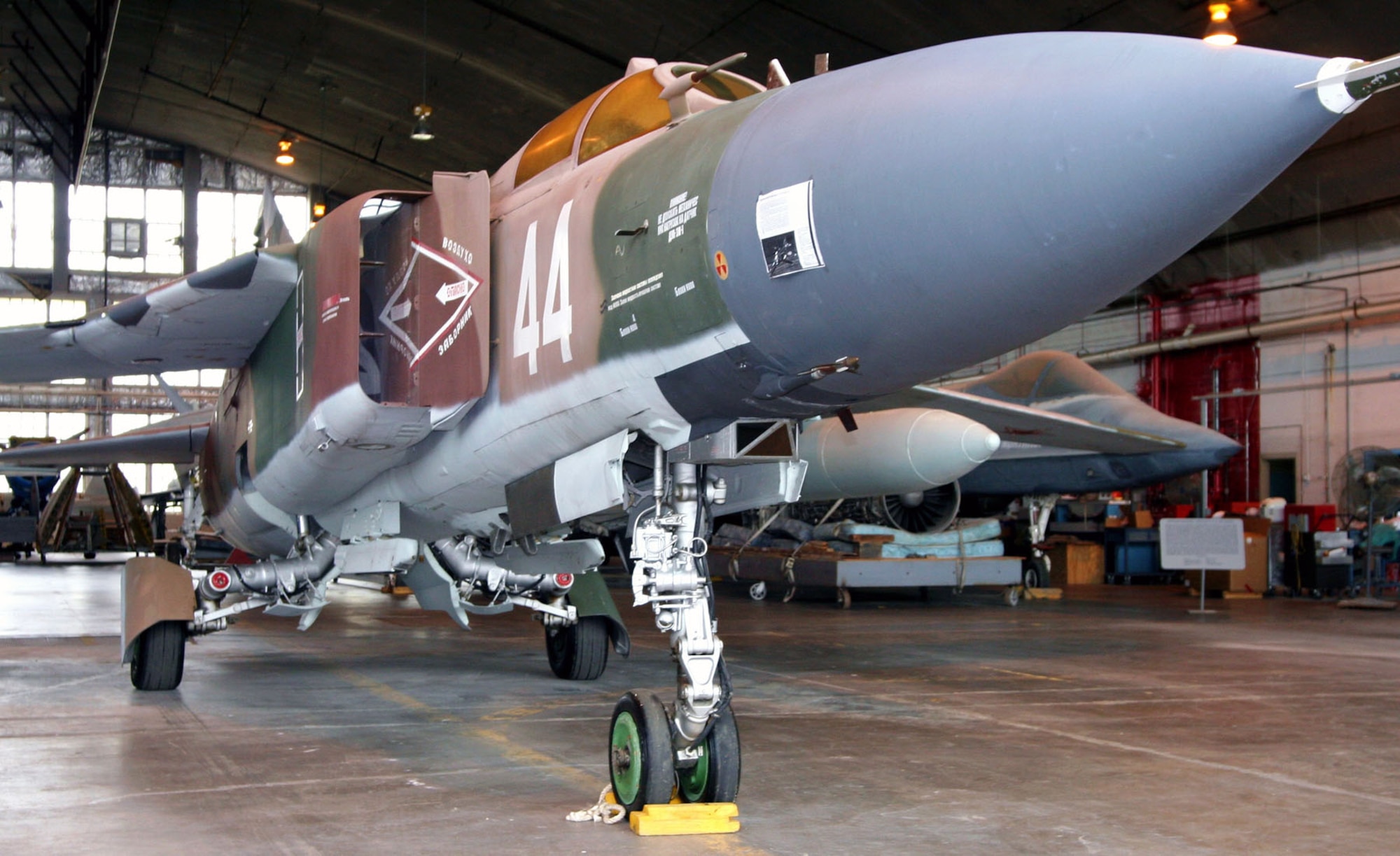Is this J-20B model with new hump? I can't tell.
You are using an out of date browser. It may not display this or other websites correctly.
You should upgrade or use an alternative browser.
You should upgrade or use an alternative browser.
J-20 5th Generation Fighter VII
- Thread starter siegecrossbow
- Start date
- Status
- Not open for further replies.
The picture itself looks plausibly real.
Can't tell if the hump indicative of J-20B is there or not, (might be), but the last two digits on the side of the nose look like they could be "51" of "2051" for J-20B.
More importantly, I can't tell if the nozzles themselves are sufficiently different from WS-10C to tell if it is WS-15, though of course we are partly guided by existing rumours and timelines here.
I agree it could be a well made photoshop and the interior of the engine certainly has a similar appearance to the ws-10c however somethings off with the exterior of the petals, doesn't quite look like the ws-10c, but it also doesn't look like what we expected ws-15 would look like from other rumored pictures.The picture itself looks plausibly real.
Can't tell if the hump indicative of J-20B is there or not, (might be), but the last two digits on the side of the nose look like they could be "51" of "2051" for J-20B.
More importantly, I can't tell if the nozzles themselves are sufficiently different from WS-10C to tell if it is WS-15, though of course we are partly guided by existing rumours and timelines here.
High contrast makes the hump shape more visible
Attachments
I agree it could be a well made photoshop and the interior of the engine certainly has a similar appearance to the ws-10c however somethings off with the exterior of the petals, doesn't quite look like the ws-10c, but it also doesn't look like what we expected ws-15 would look like from other rumored pictures.
High contrast makes the hump shape more visible
Well, I'm not necessarily claiming photoshop here, so much as general poor picture quality.
I get the feeling that the picture itself is legit, albeit poor quality.
However, if we want to definitively claim "this is a J-20 airframe which is using WS-15s" we are going to need some higher quality images, to be able to rule out even the merest small possibility that they are WS-10Cs.
So we're obliged to speak with caution.
Any imaging EOTS is dual-role by nature(and even non-imaging pure a2a ones were used with some success against sneaky ground targets at night - by Americans in Vietnam and Soviets in Afghanistan).The EOTS in J-20A is air to air only. If it has a component for air to surface they wouldn’t make the rear window opaque.
Even upper-hemisphere ones are perfectly usable. The question is the ratio of qualities (set of compromises). The most important - but by no means not the only one - is band.
For example, 360 visibility implies sacrifices for the size of the moving mirror. Adding other capabilities to the EOTS(visual band, laser range finder/pointer) doesn't come free either - at the very least they take more volume, power and weight. Often they can't use common mirror and eat away from the size of the main one.
For example, arguably best 4.5 gen IRST from A2A detection point of view (Pirate) isn't even good in other aspects of a2a combat (say, WVR), and is of rather limited utility in a2g. But in what it is designed for - it is flawless, yet compact and very light.
EOTS means any optical(ir, uw) sensor not exclusively capable of search/track, like many original IRSTs(1950-1970s) were.EO IRST, not EOTS.
Basically, any modern IRST can be called EOTS.
Last edited:
EOTS means any optical(ir, uw) sensor not exclusively capable of search/track, like many original IRSTs(1950-1970s) were.
Basically, any modern IRST can be called EOTS.
If that were the case in nomenclature, then that wouldn't be an issue
EOTS, whether we like it or not, is now best known as a branded Lockheed Martin product called the AAQ-40 EOTS, and not the generic name for electro optic sensors in general, and when people use the term for other non-AAQ-40 products, it is virtually always speaking of a "faceted low profile electro optic sensor, often chin mounted".
We have a responsibility to not enable that continued propagation.
I think you add too much importance to a particular LM device, to the point it starts harming classification.If that were the case in nomenclature, then that wouldn't be an issue
EOTS, whether we like it or not, is now best known as a branded Lockheed Martin product called the AAQ-40 EOTS, and not the generic name for electro optic sensors in general, and when people use the term for other non-AAQ-40 products, it is virtually always speaking of a "faceted low profile electro optic sensor, often chin mounted".
We have a responsibility to not enable that continued propagation.

I think you add too much importance to a particular LM device, to the point it starts harming classification.
EOTS simply points to a wider category than IRST, and generally is a much better term than FLIR (which is frankly outdated).
We cannot simply deny the reality that when the term EOTS is used these days, people are simply thinking of a system similar to AAQ-40 (chin mounted, faceted, stealthy electro optic sensor).
The better term is more generic one that is not used in common circulation or attributed to a particular product, like "EO IRST".
That allows us to recognize that the "EOTS" is a type of "EO IRST" as the EOTS itself is merely a product name.
Unless you can convince Lockheed and the rest of the defense community, military forces around the world, and military industrial complex to change, what I described is the most logical course of action by far.
D
Deleted member 24822
Guest
Whilst we're waiting for arse pics and on a related note to this EO IRST talk, do you guys think the J-20B upgrades will be retrofit on the J-20A airframes or is it more likely that certain brigades are given new jets? Any rumours of substantive internal modifications beyond presumably avionics?
Last edited by a moderator:
- Status
- Not open for further replies.



